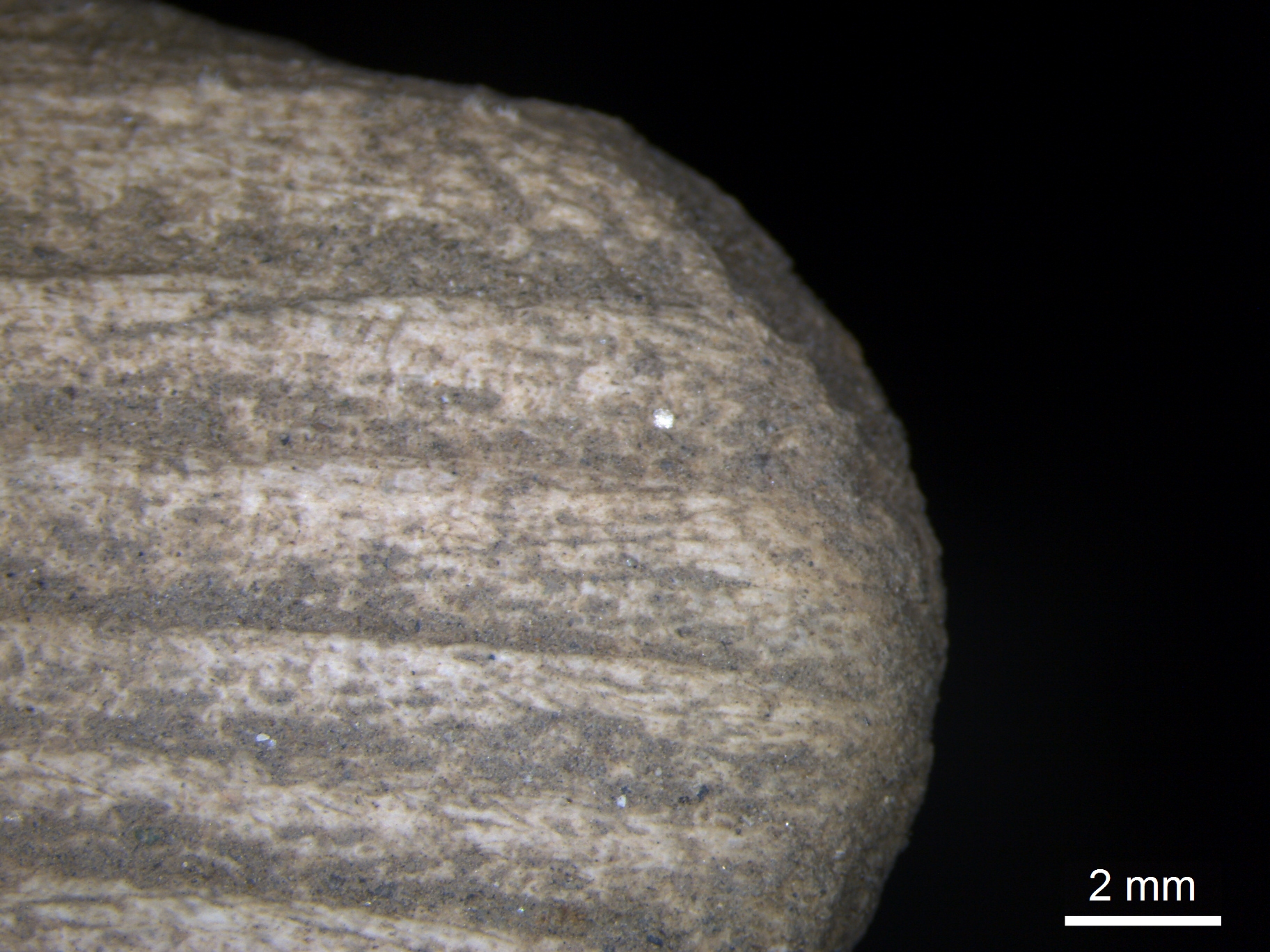A digging stick…really? Reassessing an artefact from Vlaardingen
- DPomstra's Blog
- Log in to post comments
Even though the Vlaardingen people inhabited a wetland landscape, well preserved wooden artefacts are a rare find. One of these exceptions to the general rule is a wooden object on display at the Vlaardingen Museum. The card in the exhibition states that this is a digging stick, a plausible interpretation of this object. It is a 61 cm long wooden stick, oblong in profile and slightly bent with a clear knob and a shiny, polished edge at the tip. The top 20 cm or so show a clear polish, probably of being held in the hand. The lower 20 cm has a somewhat darker aspect that looks like dirt. The stick itself has been made from a cloven part of an ash tree trunk or thick branch.

So, was this indeed a digging stick? Many aspects of it are in favour of this hypothesis: the wood species is ash, a fairly hard and tough kind of wood, which is definitely suitable for making digging sticks. The stick itself has a plausible shape except that it is a bit short, and the presence of the polish and the dirt would fit with a hand-held tool used on a dirty substrate. But… the tip. When we built the Vlaardingen Culture House we used digging sticks a lot and their tips definitely do get rounded as they wear away. However, the polish really seems to be different. So there was nothing else for it. We would have to do some experiments on this intriguing object. During the next series of workshops for Masamuda volunteers a fresh ash log was split and the parts worked down to size with polished flint axes. These were shaved and carved with flint cores and flakes to produce usable ‘digging sticks’.

Three of these were used to perform three different activities: digging, stirring a cooking pot and softening a roe deer skin stretched on a frame. The roe deer skin had been immersed in a solution of eggs and water as part of an oil tanning procedure. Volunteers readily set to these tasks and at the end of the day we had clear traces on all three digging sticks. The tip of the stick used for digging was nicely rounded, in a way similar to the archaeological one, but the wear of the surface was very different as we had expected. The softer early wood of the growth rings had been worn away to a much larger extend than the harder late wood, giving the edge a serrated look. This higher wear of the softer parts of the early wood was also visible on the stick used for stirring the cooking pot. But in this case next to rounding of the tip, striations were visible as well. The traces on the stick used to soften the roe deer skin shows most similarities to the archaeological piece. The tip is rounded and polish has started to develop. This rounding of the surface and the edges extends up to nine centimetres along the length of the stick. Based on these similarities it seems very likely that the ‘digging stick’ from Vlaardingen was actually a softening tool employed during a skin-tanning process.

Written by Diederik Pomstra
